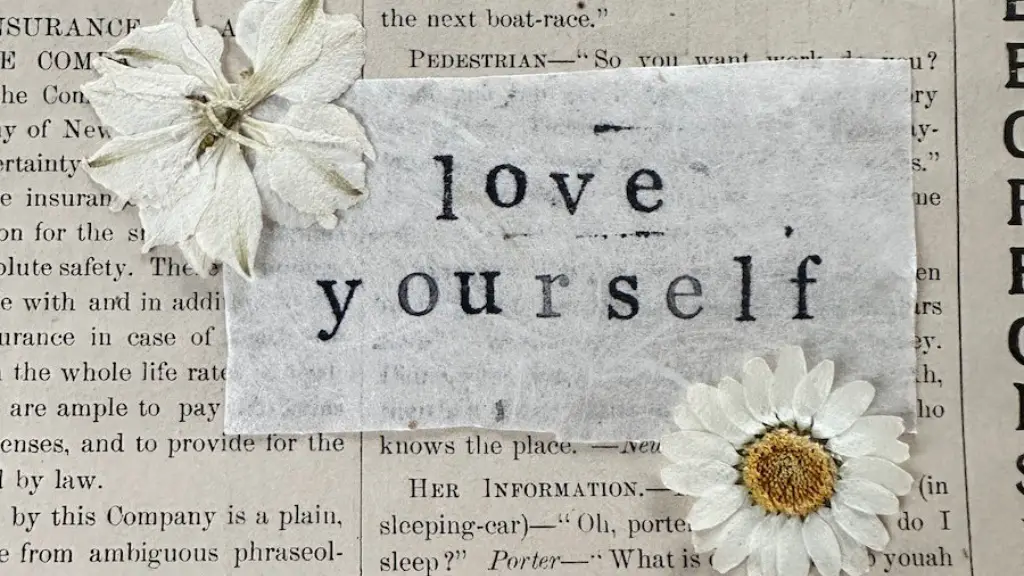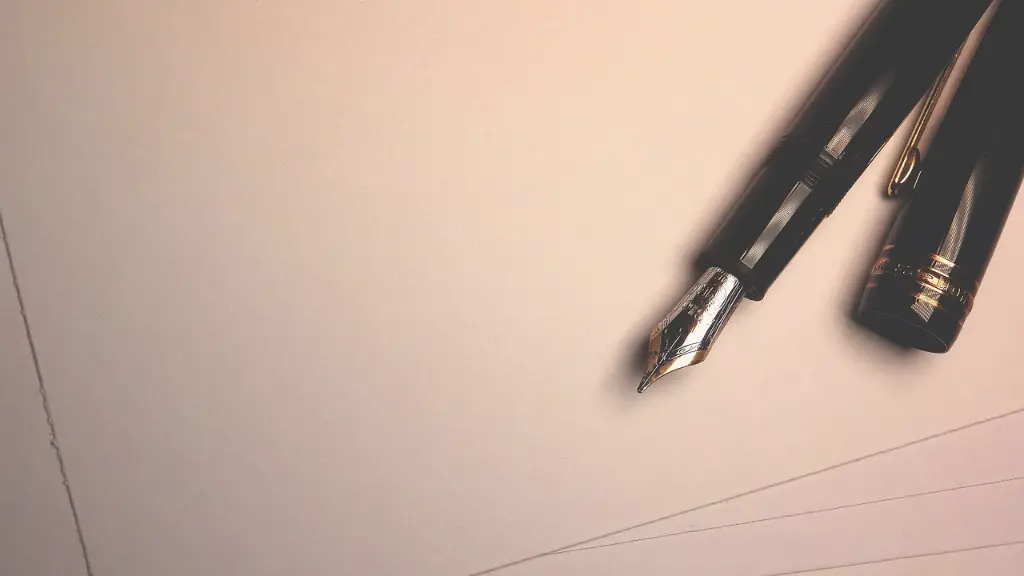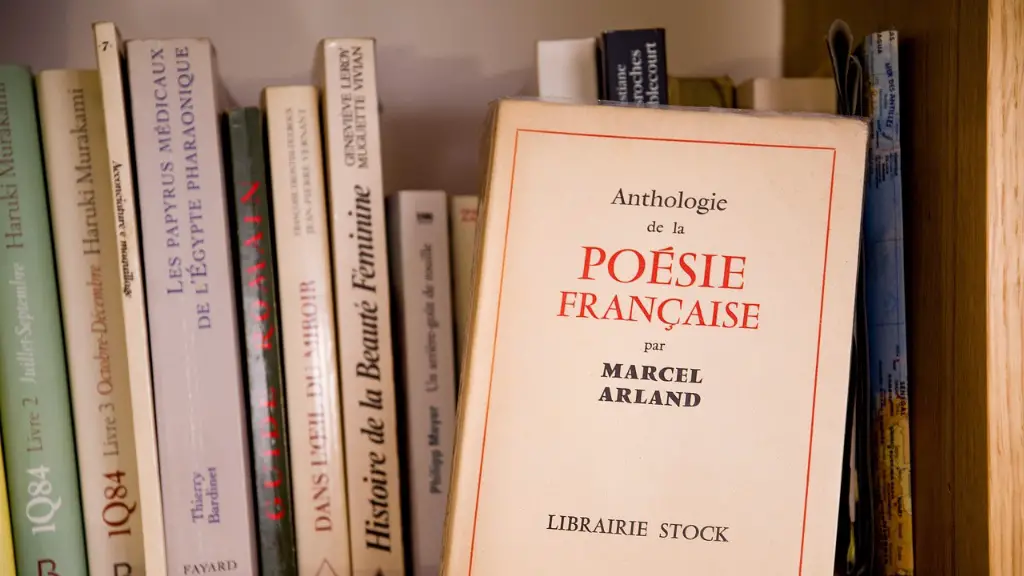Understanding the Elements of Poetry
The world of poetic expression is diverse and can often appear daunting. By becoming familiar with the foundations of a poem, the different types of poems, and their conventions, everyone can find the courage and skill to express themselves through the art of poetry.
Comprehending the elements of poetry is crucial for a thorough understanding. In the study of poetry, form is firstly defined as “the management of patterns of stress and tone” in each line. Poetic form is established by certain conventions such as the number of syllables in each line, a rhythm set up by the chosen words, rhymes, and stanza structure. The content, then, is determined by the writer’s choice of words and punctuation.
The rhythm of a poem, then, comes from the specific ways that the words are organised into phrases and lines—usually by a particular meter—and their sound when they are read aloud. Metric feet are the basic units of metre, and they are typically expressed as two syllables, which consist of one stressed syllable and one unstressed syllable.
In addition to structure and form, an emotional connection to the poem is important for a poet. Poems allow us to explore and express emotion. It is important to emphasize the context of one’s emotional observations when writing, as that can add to the emotional resonance of the poem and foster a connection with its readers. When you’re writing poetry, focus on the connection between your internal thoughts, feelings, and observations.
By breaking down the barriers of syntax, affect and emotion, you can use metaphor and formal structure to create the resonance or meaning you want in your poem. Although each poem is unique and the content and form vary between poems, these elements will help helps to provide an excellent basis on which to start
Finding Inspiration
Tapping into a personal source of inspiration is a fruitful way to create a poem. Hence, although studying the traditional rules of poetry, such as the forms and patterns described above, can be useful, it is vital to take the rules of poetry into your own hands and allow them to be challenged.
Firstly, consider your feelings and the feelings of others, and draw on them for your verse. Your personal experiences and interests should give you some direction. From personal love or loss, to stories being passed down, basic life experiences will fuel your poem. Secondly, thinking about your own relationships and communities is powerful. Observing interactions between different people, as well as places and things, is an interesting way to identify source material for your poetry. Lastly, exploring nature and wildlife is an excellent way to be inspired. Noticing everyday life around you can provide insight and an unending library of material.
Exploring form, imagery and language
When writing a poem there are two components to consider. Firstly, structure, by way of form and metre, and secondly, the words used. Each living poet, old and new, works on evolving the language of poetry, so familiarise yourself with the works of your favourite poets and use those as guides. Traditional forms are a useful way to start if you want to establish a rhyme scheme, but it is equally okay to break the rules and create something free of rules.
The use of specific words, imagery, and metaphors can make the poem come alive. Choosing words which express certain emotions, support and reflect the mood of your poem and evoke a certain feeling. Words that are simple, direct and influenced by the senses, will provide a helpful tool when constructing a poem.
Receiving and responding to feedback
Sharing your poems with other poets, friends and loved ones can be helpful for personal development. Not only does it provide a form of expression for you to share your writing with others, but it also grants you the opportunity to receive enlightened feedback from those who are experienced with the writings of the heart.
In order to gain an objective perspective on your poem, it is useful to ask someone whom you trust not to hold any personal bias. Reading aloud to a few peers is an effective way to receive feedback in a personal environment. Conversely, posting a poem on an online literary platform and receiving feedback from the online writing community is a great way to get started.
Ultimately, detailed feedback should encourage more self-exploration, follow-up questions, and challenges to conventions. The best advice should make you think in a way that’s unfamiliar, but applicable and applicable to your writing.
Polishing and editing
Before submitting a poem, it is important to ensure that every line of the poem has been honed and polished. Spend as much time as you need to reflect on the form, structure, and language that you have used so far. Are there any words that can be replaced to make the poem more effective? Are any lines unclear? Furthermore, check to make sure that every line of the poem reflects your main theme and every image reinforces it.
Every poem should have five goals: Theme, Voice, Imagery, Feeling and Form. Make sure that all five are present and vital to your poem, and that everything connects together from beginning to end. Look for opportunities to comply and adapt to speak the implicit truth.
Although breaking the rules of poetry can often result in a beautiful piece, it is important to have a proper understanding of what is deemed as ‘right’ in poetry, before deliberately doing so. Through trial and error, practice, and understanding the fundamentals of poetry, a poem can be whipped into shape.
Memorization and Performance
The cornerstone of poetry is its recitation, or performance. It is of utmost value to be able to recite your own poem in front of an audience. By committing your poem to memory and presenting it to others, its messages can be more fully understood and appreciated.
Memorization techniques such as repetition, visualization and practice will help you to recite your poem confidently. Visualization techniques include imagining the setting of the poem and how it might look, hearing how it sounds, and experiencing how it feels as if you were inside the poem. Furthermore, it is beneficial to practice presentation by standing up and using gestures and intonation.
Learning how to perform your poem will allow even the most obscure pieces to come alive in the eyes and minds of your listeners and help to engage with the audience further. You will be able to bring your poem to life and make a lasting impression on anyone that you chose to share it with.
Practicing and Creating
In order to become a master of poetic expression, it is important to practice and gain experience. To begin with, you can listen to the works of poets and analyse the poems in a critical and analytical way. Then, you can develop the ideas gained and apply it to your own work. Practising with exercises and prompts can help you to gain a stronger understanding of literary techniques and widen your ability to write.
You can also use creative techniques to explore ideas, such as invention, experimentation, and reflection. Experimentation techniques include “free writing”, where you write continuously, almost in a stream of consciousness, to express your thoughts freely and without interruption. Additionally, drawing, doodling and discussing with friends can help you to establish ideas for your poems.
No matter the level of experience or time spent, anyone can become a skilled poet with enough hard work and dedication. Mastery relies on gaining experience and understanding, and developing personal styles to create works of beauty that come from a place of passion.





